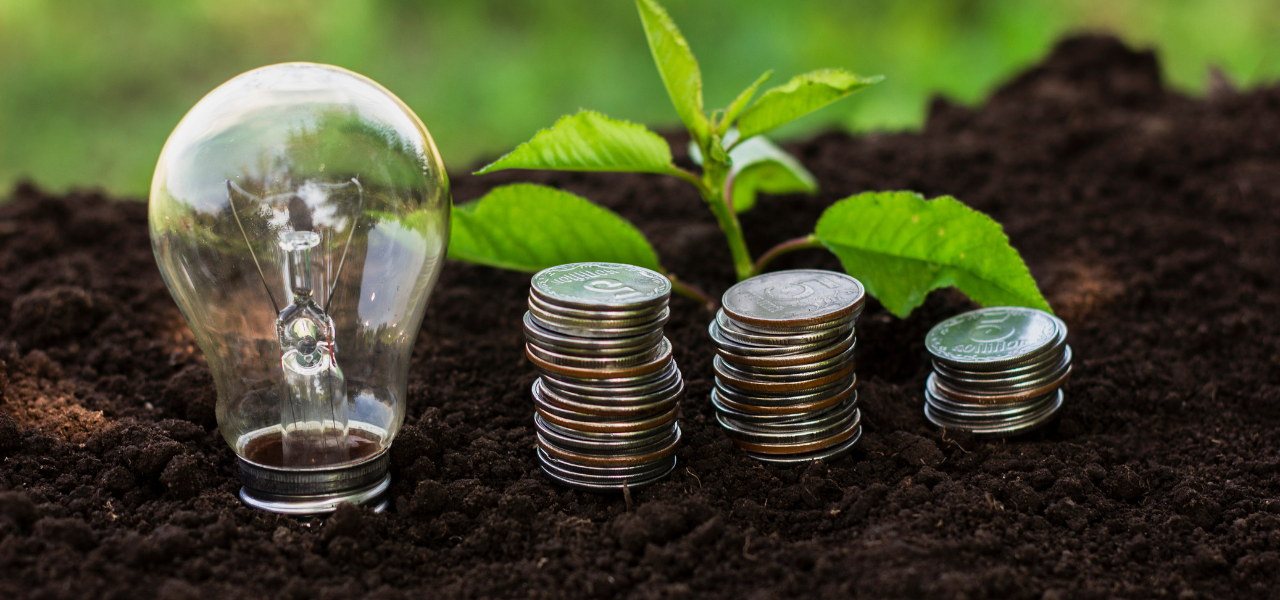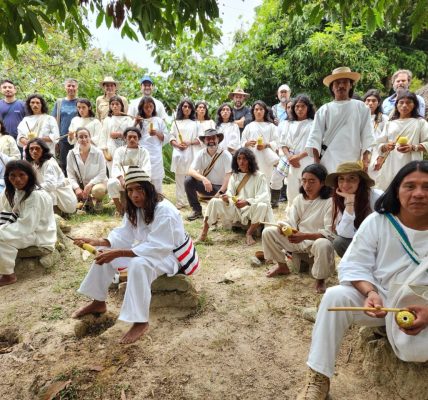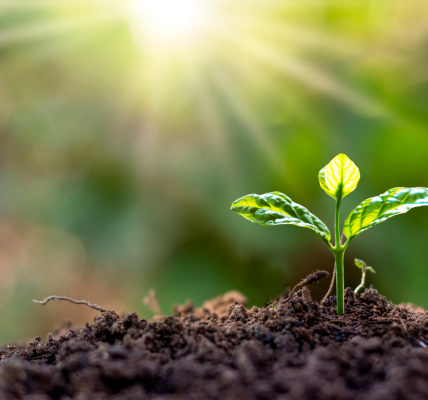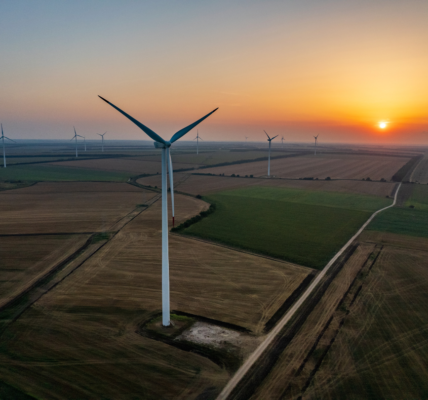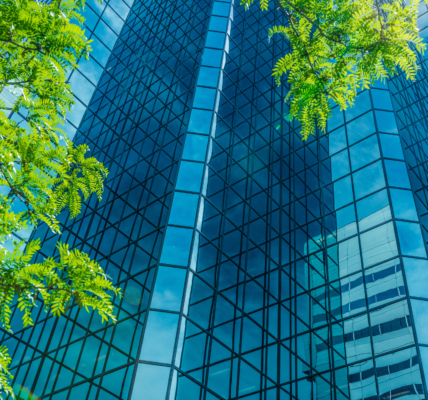By Alexis Leroy
At the latest UN Climate Summit, wealthy countries committed to mobilizing $300 billion per year in climate finance by 2035, with a more ambitious goal of reaching $1.3 trillion annually to support developing countries in climate adaptation, energy transition, and nature protection.
The pledge made headlines. But it sounded like more of the same across much of the Global South, where droughts, floods, and rising sea levels are already part of daily life.
The issue isn’t just how much money is promised. It’s how long it takes to arrive and how little impact it has when it does.
We’re told the system is scaling. But from the ground, it feels stuck.
Multilateral banks matter, but not as they are now:
Multilateral Development Banks (MDBs), such as the World Bank or the Inter-American Development Bank, are central players in any credible global climate strategy. Their financial model is powerful: for every dollar of public capital, they can generate up to seven in loans. In theory, they are the ideal tool to mobilize large-scale climate finance.
In practice, they are constrained, undercapitalized, overly conservative, and risk-averse.
The United States has frozen much of its foreign aid. Some European countries are redirecting climate funds toward military spending. And MDBs, focused on preserving their AAA credit ratings, refuse to take risks where they’re most needed.
They are asked to lead, but not given the power or flexibility to do so.
And the projects? They were never funded
A common excuse is that there aren’t enough “bankable” projects in developing countries. But that’s a consequence, not a cause.
The real issue is that almost no one funds the early stages: feasibility studies, technical design, and community consultations. Without that initial investment, the project pipeline doesn’t exist. And without a pipeline, no billion-dollar announcement turns into real impact.
You can’t scale what hasn’t been built. And you can’t build what isn’t financed from the ground up.
Climate finance is not charity. It’s a responsibility
It’s time to bury the myth that climate finance is an act of generosity. It’s not. It’s a form of historical repair, and an investment in shared stability.
Developing countries did not cause this crisis. Yet they are paying the highest price: over $500 billion in annual climate losses by 2030, according to the World Resources Institute. And still, less than 20% of adaptation finance reaches the most vulnerable communities.
This isn’t inefficiency. It’s structural inequity. And it’s eroding global trust.
Five urgent changes:
If we want to fix climate finance, we must:
- Recapitalize and reform MDBs, allowing for more risk-taking and greater participation from the Global South.
- Fund project preparation at scale, not just fully developed projects.
- Use public capital to de-risk private capital, not to subsidize it.
- Design carbon markets and Article 6 mechanisms with equity as a core principle, not just technical integrity.
- And most importantly, put the Global South in a position of leadership, not as a recipient, but as the architect of its own transition.
This isn’t about minor adjustments. It’s about aligning finance with where real solutions already exist: in local knowledge, national platforms, and community-led climate action.
If the current model can’t deliver speed, scale, and justice, then we need to build a new one that can. Climate leadership is already emerging from the Global South; what’s missing is a financial system willing to follow.


